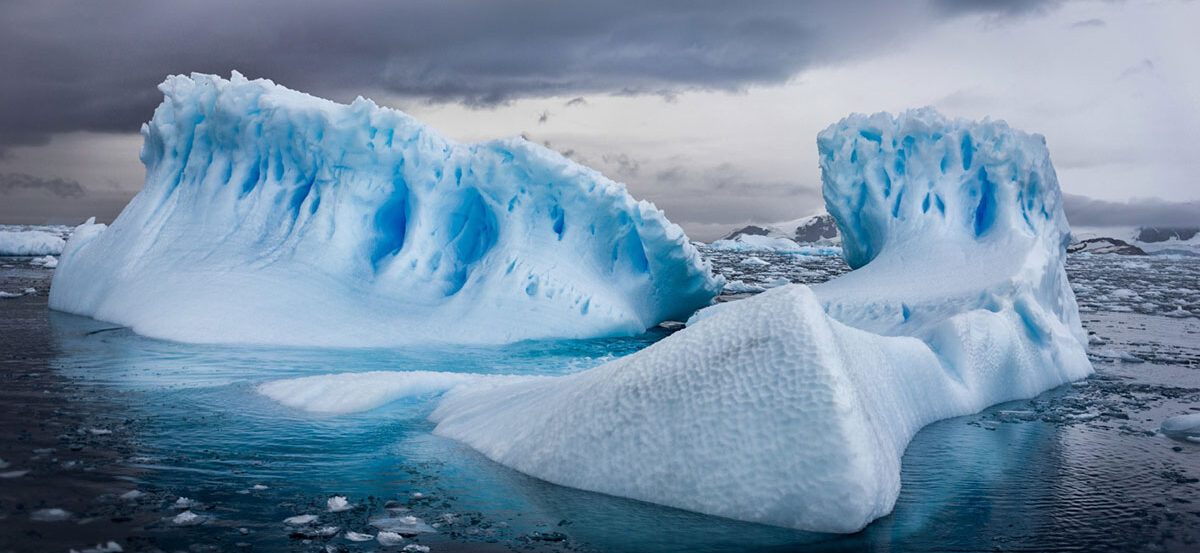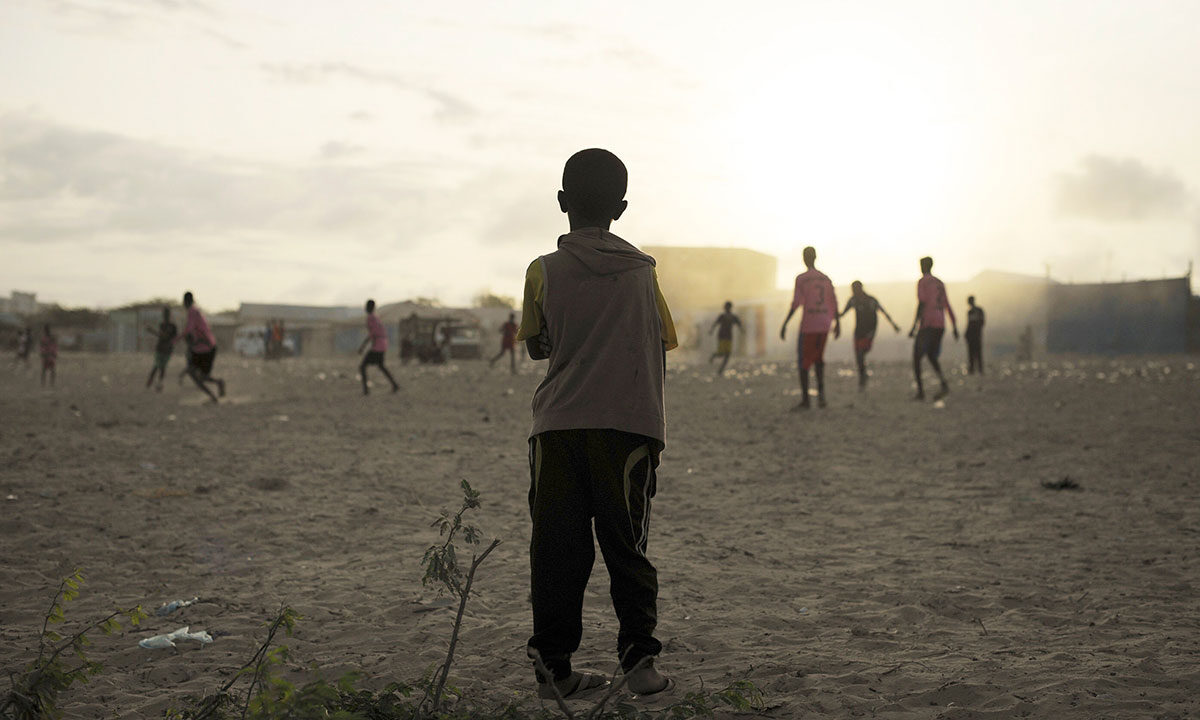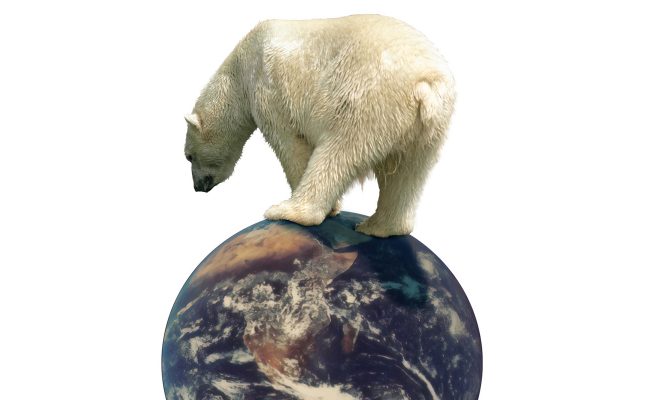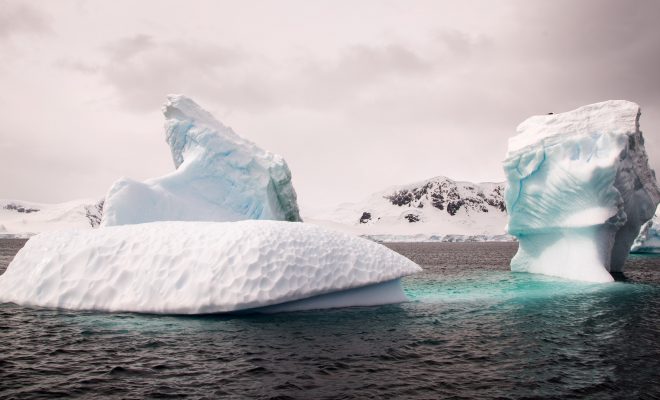
Will the lost ice return to the Himalayan glaciers? The inhabitants of the Nepalese valleys, whose livelihood depends on the water they get from the ice, are the first to be affected by a phenomenon that is obvious to the naked eye and that science predicts will not stop: The Himalayan ice will disappear by 70% to 99% by 2100. According to the IPCC, the increase in rainfall and snowfall in the world’s highest mountain range will not compensate for the melting caused by the rise in atmospheric temperature.
The phenomenon includes feedback mechanisms, which accelerate irreversible changes. As glaciers retreat, they reveal rocky ground previously covered by ice. This surface has lower reflectivity (albedo) than ice or snow, so it absorbs more energy from the sun and provides additional heat in the region, accelerating glacier melt. The loss of mass causes the geological structure of the glaciers to degrade, favoring avalanches and further accelerating the process.

Environmental psychology is emerging as a critical science for addressing climate change. © Freepik
As the melting and its impacts intensify, a tipping point is reached: the original conditions of the glaciers, with their essential characteristics and functions, can no longer be recovered in the foreseeable future. In this case, the response to the Nepalese people would not be hopeful.
This is an example of what scientists call a tipping point or point of no return of a system: when the changes it undergoes cause a generalized, abrupt, and irreversible impact.
The situation in the Himalayas, which is repeated in all mountainous areas of the Earth, has similarities with equatorial deforestation, oceanic warming, Arctic and permafrost melting, alteration of ocean currents, and many other phenomena, which have already been triggered and may lead to the crossing of their corresponding tipping points of no return. Many scientists argue that we are on the verge of crossing some of them.
Tipping point cascades, the dreaded domino effect
The generation of climate tipping points causes an increasingly concerning effect: the so-called tipping point cascade effect. This phenomenon, also known as the domino effect, occurs when crossing a tipping point triggers or increases the probability of reaching another tipping point in the surrounding ecosystems. In the case of the collapse of alpine glaciers, the alteration of surface (rivers) and groundwater (aquifers) flows affects local flora, fauna, and crops in all downstream communities.

Continuing with the example of the Himalayas, the decline in groundwater replenishment means that farmers have to drill their wells deeper, which in turn causes a feedback effect: the less water there is, the more water is needed and the more the aquifers deteriorate and are in danger of irreversible geological collapse. Satellite studies already detected in 2009 that the aquifers in the upper Ganges basin were dropping at a rate of 33 cm every year in their water table.
The cascading effect is causing farmers in the Ganges basin to ask a similar question to their Nepalese neighbors: Will the water return to the ground? The answer, for now, is still up in the air. However, it is scientific evidence that these inflections could determine the fate of essential parts of our Earth system for hundreds or thousands of years.
In the field of environmental psychology
The consequences of these changes are uncertain, although almost always harmful for the communities that experience them. The consequences can also trigger social tipping points with cascading changes that are complex to predict. We enter the field of environmental psychology, a discipline that studies the interaction between people and their physical environment and whose relevance has increased exponentially in recent years.
Over the past three decades, studies of tipping cascades in earth systems have abounded, but it is only in recent years that research on the social consequences of their impact has increased. Environmental psychologists and social science researchers have explored how climate variations affect mood, productivity, decision-making, and other aspects of human behavior.

According to a study was presented at the last COP28, the terrestrial tipping points that are reaching the limiting threshold are the melting of large ice sheets in Greenland and West Antarctica. © wirestock / Freepik
The Global Tipping Points report of the Global Systems Institute of the University of Exeter was presented at the last COP28. It is a detailed study by more than 200 researchers from 26 countries on the risks and opportunities of tipping points in the Earth system and society.
According to the study, the terrestrial tipping points that are reaching the limiting threshold are the melting of large ice sheets in Greenland and West Antarctica, widespread permafrost melting, the death of coral reefs, and the collapse of the ocean current in the North Atlantic. Scientists warn that three others may soon join the list: mangroves and seagrasses, expected to die in some regions if temperatures rise by 1.5°C to 2°C, and boreal forests, which are in evident decline.
Avoiding negative social inflection
The innovative aspect of the document is that, beyond the natural sciences, it studies the so-called “negative social tipping point,” which occurs when a community experiences a tipping point in its natural environment and suffers irreversible degradation of its community life.
The negative social tipping points explained in the detailed report are anomie (the breakdown of social norms and bonds), radicalization and polarization, displacement and migration, violent conflict, and financial destabilization.

The so-called “negative social tipping point” occurs when a community experiences a tipping point in its natural environment and suffers irreversible degradation of its community life. © UN /Tobin Jones
Experts point out how droughts, floods, sea level rise, salinization of deltas, and heat waves, for example, are phenomena capable of generating both cascading terrestrial impacts and triggering negative social tipping points, and vice versa: how the members of a community and its institutions (governments, organizations, and companies), which have suffered this deterioration, prove unable to adapt to environmental changes or mitigate terrestrial tipping points successfully.
The document also provides a roadmap for prevention and solutions, some of which are already being developed. It also focuses on positive tipping points regarding technology, economics, and governance and outlines a framework for understanding and acting on them, such as energy, food, transport, and mobility systems.
The dynamics of terrestrial and social tipping points clearly show us that, if triggered, their consequences are global and affect us all: everything is interconnected. Environmental psychology is emerging as a critical science for policymakers, economists, and all climate adaptation designs.





